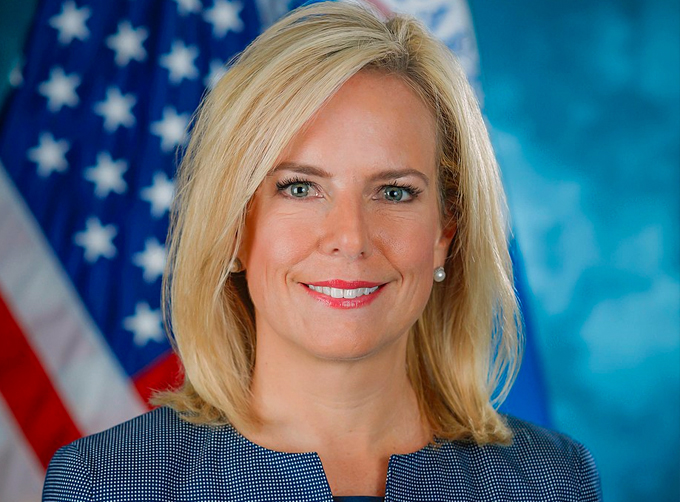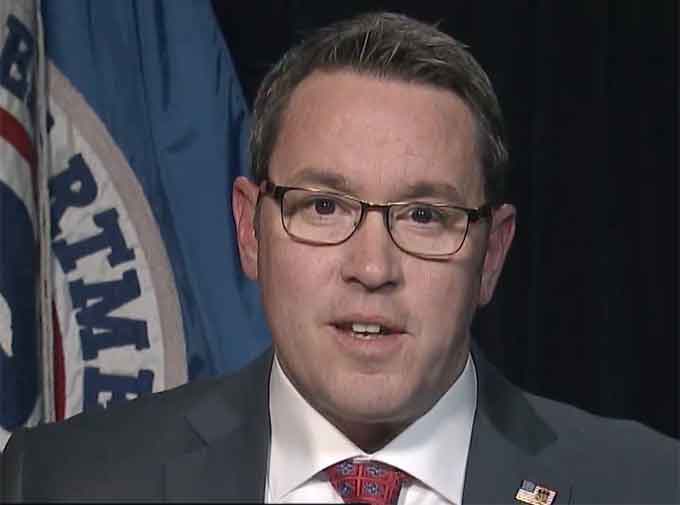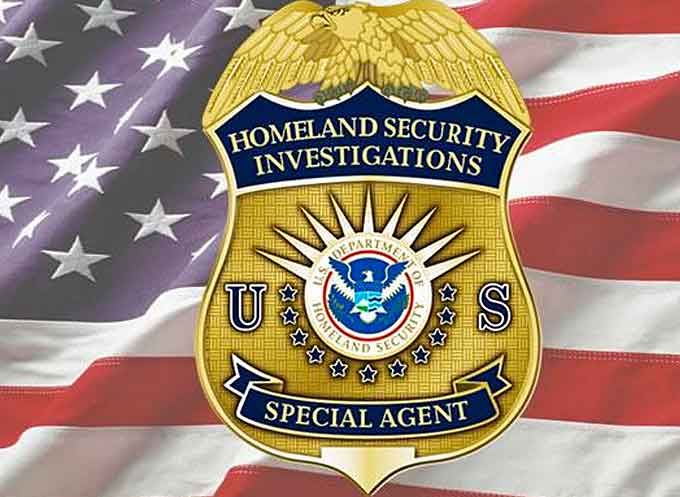
Joaquin Guzman Loera, (also known as ‘El Chapo’ and ‘El Rapido,’ was convicted last week by a federal jury in Brooklyn, NY of being a principal operator of a continuing criminal enterprise (the Mexican organized crime syndicate known as the Sinaloa Cartel), a charge that includes 26 drug-related violations and one murder conspiracy.
(The drug lord behind the Sinaloa cartel was found guilty on all charges, including drug trafficking and conspiracy to murder, and faces life in a U.S. prison. Courtesy of ABC News and YouTube. Posted on Feb 12, 2019.)
But how did they get there?
The Evidence at Trial:
Guzman Loera was a principal leader of the Sinaloa Cartel, a Mexico-based international drug trafficking organization responsible for importing and distributing vast quantities of cocaine, marijuana, methamphetamine and heroin into the United States, as proven at trial.
The evidence at trial, which included the testimony of 14 cooperating witnesses, narcotics seizures totaling over 130,000 kilograms of cocaine and heroin, weapons (including AK-47s and a rocket-propelled grenade launcher) various business ledgers, electronic messages (text messages, videos, photographs and intercepted recordings), detailed a 25 year history of drug trafficking activity committed by Guzman Loera and his co-conspirators, from January 1989 until December 2014.
Guzman Loera was repeatedly referred to by corraborating witnesses as one of the leaders of the Sinaloa Cartel.
Guzman Loera oversaw the smuggling of narcotics to wholesale distributors in Arizona, Atlanta, Chicago, Los Angeles, Miami, New York, and elsewhere, which generated billions of illicit dollars generated from drug sales in the United States – that were then clandestinely transported back to Mexico.
Guzman Loera also utilized hit men (‘sicarios’), to carry out hundreds of acts of violence in Mexico to enforce Sinaloa’s control of territories and to eliminate those who posed a threat to the cartel.
(Vicente Zambada, a former Mexican drug trafficker and son of Ismael Zambada, testified Thursday against infamous kingpin Joaquin “El Chapo” Guzman. Zambada described the rampant violence that accompanied Guzman’s rise to power atop the Sinaloa cartel. Courtesy of CBS News and YouTube. Posted on Jan 4, 2019.)
Drug Trafficking
Over the course of the decades-long drug trafficking conspiracy, the Sinaloa Cartel transported tens of thousands of kilograms of narcotics from Central and South America for distribution in the United States.
Guzman Loera used various methods to transport the cartel’s narcotics into the United States, which included using submarines, carbon fiber airplanes, trains with secret compartments and transnational underground tunnels.
Multiple witnesses testified as to law enforcement seizures of massive amounts of cocaine, heroin and marijuana linked to the Sinaloa Cartel, one of the largest of which involved over seven tons of cocaine concealed in jalapeño cans, bound for the United States.
The jury also listened to recordings of Guzman Loera’s own damning words discussing his drug trafficking, corruption and violence. The calls included Guzman Loera discussing sending ‘ice,’ (referring to methamphetamines), to Los Angeles, California; Minneapolis, Minnesota; Ohio and Tucson, Arizona.
(Notorious drug lord Joaquin “El Chapo” Guzman could spend the rest of his life behind bars. Courtesy of CNN and YouTube. Posted on Feb 15, 2019.)
Communications Network
Guzman Loera utilized a sophisticated encrypted communications network to operate the global narcotics trafficking operation, and as attested to by an information technology engineer at trial, Guzman Loera paid him one million dollars to purchase and set up a network to enable the defendant to communicate via the internet with his drug trafficking associates in Colombia, Ecuador, Canada and the United States without fear of being intercepted by law enforcement or his rivals.
The aforementioned witness devised a secure, covert system, which consisted of encrypted cell phones and encrypted apps.
Cartel Violence
The Sinaloa Cartel’s success relied upon the use of violence to maintain their control throughout the region and beyond, and multiple co-conspirators testified that Guzman Loera directed his hitmen to kidnap, interrogate, torture and shoot members of rival drug organizations, and at times, carried out violent acts himself.
One former hitman testified that Guzman Loera beat two men with a tree branch until their bodies “were completely like rag dolls,” before shooting the men and ordering their bodies be tossed into a bonfire.
The hitman also testified that Guzman Loera interrogated a rival drug cartel member, shot him and ordered that he be buried alive, and in one intercepted call, the jury heard Guzman Loera order one of his ‘sicarios’ to kidnap rival cartel members, but not to kill them without first checking with him.
(El Chapo may be behind bars, but for the feared drug lord’s cartel, it’s still business as usual. Sunday Night travels to Mexico to infiltrate the drug empire responsible for much of the heroin, cocaine and methamphetamine smuggled into Australia. Courtesy of Sunday Night and YouTube. Posted on Nov 13, 2018.)
Weapons
The Sinaloa Cartel had unlimited access to weapons and law enforcement showed the jury over 40 AK-47s seized in El Paso, Texas, which were seized as evidence before they could be delivered to Guzman Loera in Mexico.
Additionally, witnesses identified photographs of various weapons, including grenades and a rocket-propelled grenade launcher utilized by the Sinaloa Cartel.
Guzman Loera’s own personal arsenal included a gold plated AK-47 and three diamond-encrusted .38 caliber handguns, one of which was emblazoned with his initials, ‘JGL.’
Corruption
The evidence presented at trial clearly demonstrated that Guzman Loera and his organization took advantage of a vast network of corrupt government officials to further the interests of the Sinaloa Cartel.
These officials ranged from local law enforcement officers, prison guards, state officials, high ranking members of the armed forces, as well as politicians, who assisted Guzman Loera and his organization in exchange for millions of dollars’ worth of bribery payments.
For example, Guzman Loera and his workers were warned of pending law enforcement operations which allowed Guzman Loera to avoid capture on multiple occasions, and that Guzman Loera, through his employees, paid officials to turn a blind eye to trafficking activities in an effort to facilitate the shipment of drugs, weapons, and bulk cash.
(Former cartel lieutenant Miguel Martinez testified for a second day in the El Chapo trial. His testimony focused on the wealth Joaquin “El Chapo” Guzman amassed while being the leader of the Sinaloa cartel. Courtesy of CBS News and YouTube. Posted on Nov 28, 2018.)
Money Laundering
Guzman Loera’s lucrative drug trafficking business generated billions of dollars in illicit proceeds, and he used various methods to launder money including bulk cash smuggling from the United States to Mexico.
One of the largest seizures was of $1.26 million seized from hidden compartments in a truck driven by Guzman Loera’s brother in Douglas, Arizona in 1989.
Guzman Loera oversaw numerous shell companies, including a juice company and a fish flour company to launder the cartel’s narcotics trafficking proceeds.
Guzman Loera was convicted of all 10 counts of a superseding indictment, including narcotics trafficking, using a firearm in furtherance of his drug crimes and participating in a money laundering conspiracy.
The verdict followed a 12-week trial before U.S. District Judge Brian M. Cogan.
Guzman Loera faces a mandatory sentence of life imprisonment.
Acting Attorney General Matthew G. Whitaker, U.S. Department of Homeland Security Secretary Kirstjen Nielsen, Assistant Attorney General Brian A. Benczkowski of the Justice Department’s Criminal Division, U.S. Attorney Richard P. Donoghue for the Eastern District of New York, U.S. Attorney Ariana Fajardo Orshan for the Southern District of Florida, Acting Administrator Uttam Dhillon of the U.S. Drug Enforcement Administration (DEA), FBI Director Christopher Wray, Executive Associate Director Derek Benner of U.S. Immigration and Customs Enforcement’s Homeland Security Investigations (HSI) and Acting U.S. Marshal Bryan T. Mullee of the Eastern District of New York, announced the verdict.

“I am pleased that the Department has brought Joaquin Guzman Loera (El Chapo) to justice by securing a conviction against this drug kingpin, who was a principal leader of the Sinaloa Cartel,” said Acting Attorney General Whitaker following the verdict.
“As was clear to the jury, Guzman Loera’s massive, multi-billion dollar criminal enterprise was responsible for flooding the streets of the United States with hundreds of tons of cocaine, as well as enormous quantities of other dangerous drugs such as heroin and methamphetamine.”
“The trial evidence also overwhelmingly showed that Guzman’s unceasing efforts to expand his cartel’s control and consolidate its power left a wake of corruption and violence in communities in both Mexico and the United States.”
“This case demonstrated the extraordinary reach of the U.S. government, our tenacity and commitment to pursuing kingpins like Guzman whom — if their power is unchecked — will, like Guzman, develop what for 25 years was an almost unstoppable capacity to move massive quantities of drugs into our country.”
“Guzman had the capital to absorb huge losses and run his enterprise with impunity; the enormous power to corrupt; and the capability to employ violence on a massive scale.”
“This case, and more importantly, this conviction serves as an irrefutable message to the kingpins that remain in Mexico, and those that aspire to be the next Chapo Guzman, that eventually you will be apprehended and prosecuted.”

“Finally, this verdict demonstrates that the United States, working in close partnership with the Mexican government, will continue to bring all possible resources to bear in its fight against international drug traffickers and their violent organizations.”
“Today’s conviction of Joaquin “El Chapo” Guzman demonstrates the dedication and determination of the men and women of DEA to bring the world’s most dangerous and prolific drug trafficker to justice,” added DEA Acting Administrator Dhillon.
“Those who bring drugs and violence into the United States that destroy lives and communities will not be tolerated, nor evade our reach.”
“The success of this case is a testament to the strength of our relationship with our Mexican counterparts. DEA will continue to pursue justice worldwide and protect Americans.”

“The guilty verdict against Joaquin Guzman Loera, one of the most violent and feared drug kingpins of our time, is a testament to the hard work and courage of America’s frontline law enforcement personnel, including ICE’s Homeland Security Investigations,” said DHS Secretary Nielsen.
“They gathered substantial evidence over multiple investigations, which made his extradition to the United States and a successful prosecution possible.”
“Today’s verdict sends an unmistakable message to transnational criminals: you cannot hide, you are not beyond our reach, and we will find you and bring you to face justice. Like Guzman, you will suffer the consequences of your criminal behavior.”
“I applaud the brave men and women at DHS who helped make this conviction possible and thank our interagency and international partners for their exceptional work.”

“Guzman Loera’s bloody reign atop the Sinaloa Cartel has come to an end, and the myth that he could not be brought to justice has been laid to rest,” said U.S. Attorney Donoghue.
“Today, Guzman Loera has been held accountable for the tons of illegal narcotics he trafficked for more than two decades, the murders he ordered and committed, and the billions of dollars he reaped while causing incalculable pain and suffering to those devastated by his drugs.”
“Today’s verdict is the culmination of the tireless work of countless brave members of law enforcement, here and abroad, and we congratulate them.”
“The Department of Justice is committed to eradicating criminal organizations that fuel America’s drug epidemic, and our mission will continue until it is completed.”

“The conviction of former Sinaloa Cartel leader Joaquin Guzman Loera strips the power from a man who employed horrific acts of violence to infect communities, throughout the United States and abroad, with the venom of illicit drugs,” said U.S. Attorney Fajardo Orshan.
“Today’s verdict is a reminder to all, that our international borders do not protect narco-traffickers and the cartels’ criminal enterprises from federal prosecution.”
“U.S. Attorney’s Offices across the nation stand united with our domestic and foreign law enforcement partners, as we continue our fight against transnational criminal organizations.”

“The reign of Joaquin Guzman Loera’s crime and violence has come to an end,” said FBI Director Wray.
“As leader of the Sinaloa Cartel, Guzman Loera carried out and directed acts of brazen violence as he oversaw the import and distribution of vast amounts of illegal drugs throughout the United States.”
“But today, through the steadfast determination and collective efforts of the FBI and our law enforcement partners both domestic and abroad, and due to our continuing partnership with the Government of Mexico, justice has been served.”
“HSI is committed to using our unique border authority to target and dismantle transnational criminal organizations responsible for trafficking narcotics and bringing violence into the United States,” said HSI Executive Associate Director Benner.




















